View all Standards for Florida Sunshine State Standards
TH.68.S.1.4 Discuss the ways in which theatre experiences involve empathy and aesthetic distance.
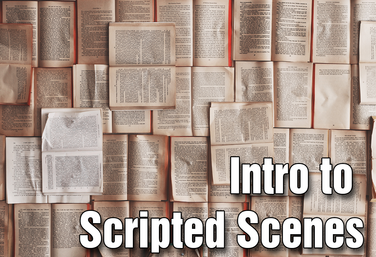
Part of the Middle School Curriculum
Unit Four: Intro to Scripted Scenes
by Lindsay Johnson
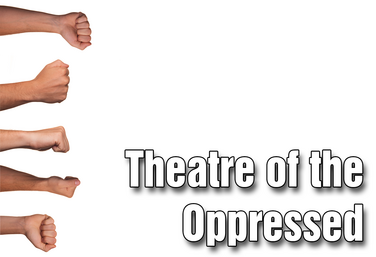
Part of the Middle School Curriculum
Unit Eight: Theatre of the Oppressed
by Lindsay Johnson
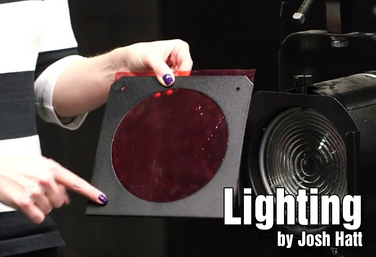
Part of the Technical Theatre Mini Units Curriculum
Lighting
by Josh Hatt
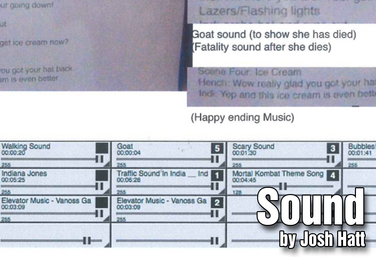
Part of the Technical Theatre Mini Units Curriculum
Sound
by Josh Hatt
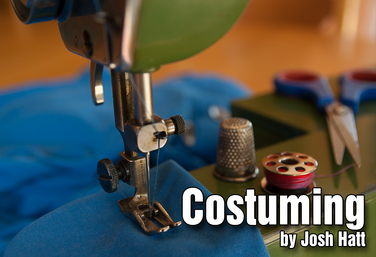
Part of the Technical Theatre Mini Units Curriculum
Costuming
by Josh Hatt
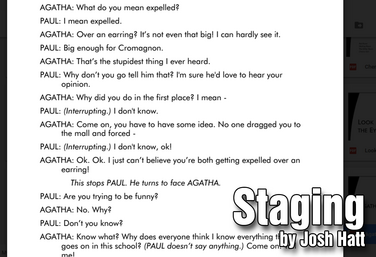
Part of the Technical Theatre Mini Units Curriculum
Staging
by Josh Hatt

Part of the Technical Theatre Mini Units Curriculum
Free Play Makeup
by Josh Hatt
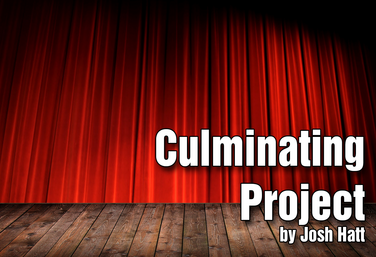
Part of the Technical Theatre Mini Units Curriculum
Culminating Project
by Josh Hatt
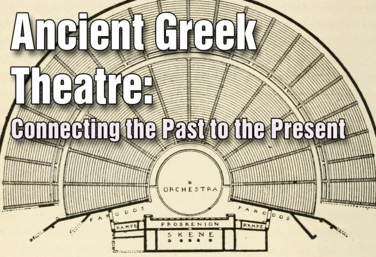
Ancient Greek Theatre
by Lindsay Price
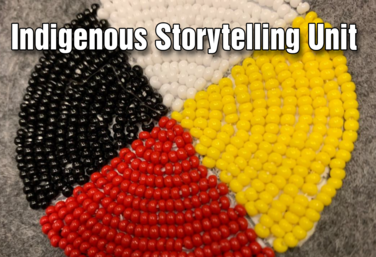
Indigenous Storytelling Unit
by Allison Green
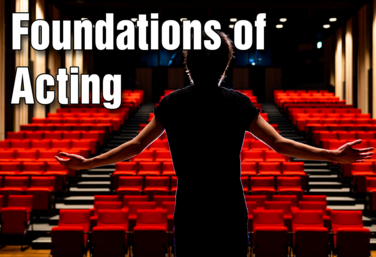
Foundations of Acting
by Annie Dragoo

Part of the Drama One Curriculum
What is Theatre?
by Karen Loftus
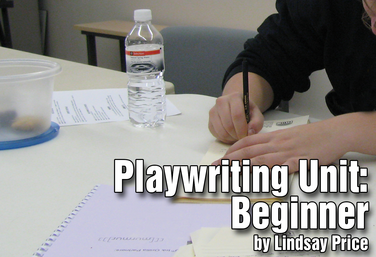
Playwriting Unit: Beginner
by Lindsay Price
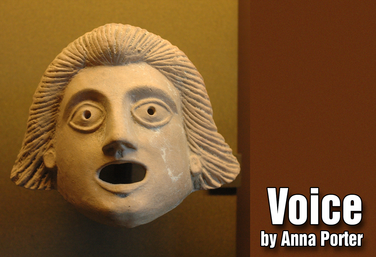
Voice
by Anna Porter
View all Standards for Florida Sunshine State Standards Standards Master List